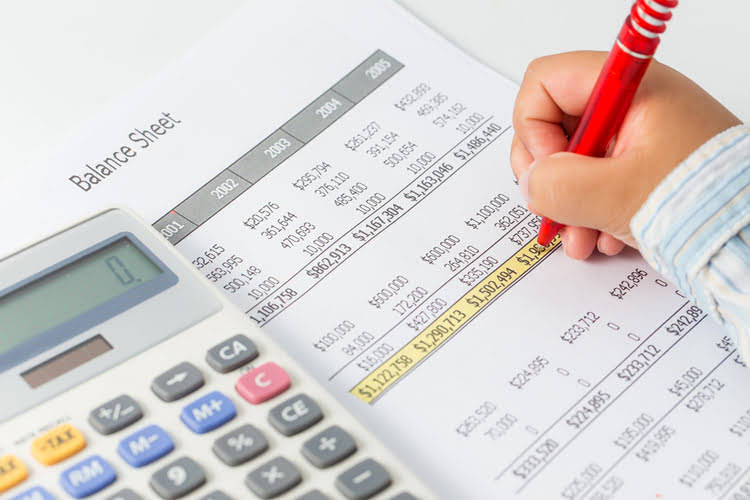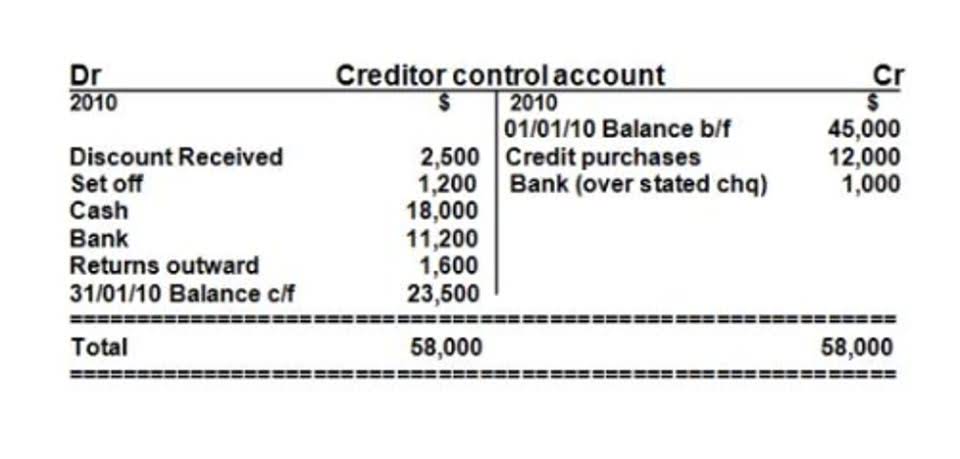
Let’s take another look at The Home Depot, Inc. balance sheet as of February 2, 2020. Based on the purpose of depreciation mentioned above, depreciation should only commence when the asset is ready for use and is at the location that it is intended to be used. Get stock recommendations, portfolio guidance, and more from The Motley Fool’s premium services. Shaun Conrad is a Certified Public Accountant and CPA exam expert with a passion for teaching. After almost a decade of experience in public accounting, he created MyAccountingCourse.com to help people learn accounting & finance, pass the CPA exam, and start their career. This ensures that the value of the asset is accurately represented over its useful life.
- Similarly, in healthcare, plant assets include medical equipment, diagnostic machines, and specialized facilities that support patient care.
- They are directly involved in day-to-day operations, facilitating the production, delivery, or administration of the company’s offerings.
- Machinery and equipment include any machines, tools, and devices used in production, manufacturing, or service delivery.
- The IAS 16 of the IFRS governs the rules regarding recognizing and recording the plant assets in the company’s financial statements.
- The choice of depreciation method depends on factors like the asset’s expected usage pattern, industry standards, and financial reporting requirements.
- It is interesting to note that IAS 16 has pointed out that a plant asset purchased for safety or environmental reasons could qualify as a plant asset even if it does not contribute to revenue.
- Businesses must be especially careful in making these investments since buildings and land are immovable and can’t be easily substituted.
Plant Assets in Financial Statements
- Many business entities use different depreciation methods for financial reporting and tax purposes.
- Besides, there is a heavy investment involved to acquire the plant assets for any business entity.
- These assets are typically significant investments and have long useful lives, but they do depreciate over time due to natural wear and tear.
- How do businesses decide when to replace a plant asset instead of repairing it?
- Generally, plant assets are among the most valuable company assets and tend to be relied on greatly over the long term.
- Selling property, plant, and equipment to fund business operations may signal financial trouble.
The straight-line method is the most commonly used method in most business entities. It is also called a fixed-installment method, as equal amounts of depreciation are charged every year over the useful life of an asset. Plant assets (other than land) are depreciated over their useful lives and each year’s depreciation is credited to a contra asset account Accumulated Depreciation. If debt has been used to purchase the plant asset, then the cash flow statement would also show the regular payments towards that debt too. Plant assets should be depreciated over their useful life, and reflected as an expense on the income statement. If there is an indication that the carrying amount (ie the historical cost) of Certified Public Accountant a plant asset might have changed, an impairment test would be carried out.
Balance Sheet

This can help provide accurate financial information if the market for plant assets is unusually volatile. Proper management and accounting of plant assets are crucial for a company’s financial stability and growth. It involves various aspects, such as the acquisition, recording, depreciation, and disposal of these assets. Depreciation is the process by which a plant asset experiences wear and tear over a particular period of time. Depreciation expense — calculated in several different ways — is then carried through to the income statement and reduces net income.
Common Financial Mistakes to Avoid
In contrast, plant assets represent long-term property expected to be around for at least a year, often quite a bit longer than that. Depreciation allocates the cost of a tangible asset over its useful life and accounts for declines in value. The total amount allocated to depreciation expense over time is called accumulated depreciation. plant assets Land assets are not depreciated because of their potential to appreciate and are always represented at their current market value. These costs may include transportation fees, installation costs, legal fees, and any necessary modifications or improvements to the asset.

Plant assets can take various forms depending on the nature of a company’s operations. Some common examples of plant assets include land, buildings, machinery, equipment, vehicles, furniture, and fixtures. These assets are essential for a company’s day-to-day operations and contribute to its overall productivity and profitability. Depreciation allocates the cost of an asset over its useful life, spreading the expense to match the asset’s contribution to revenue. Common methods include the straight-line method, which spreads the cost evenly over time, and the declining balance method, which allocates a higher expense in the earlier years. Depreciation is essential in reflecting the wear and tear of an asset, and it helps maintain accurate financial reporting.

Plant assets are different from other non-current assets due to tangibility and prolonged economic benefits. When a plant asset is acquired by a company that is expected to last longer than one year, it is recorded in Bookstime the balance sheet at the end of the financial year. Besides, a part of the asset’s cost is charged to expenses account as a non-cash expense, depreciation. When substantial improvements or upgrades are made to a plant asset, they are capitalized as part of the asset’s value rather than expensed immediately.
- Plant assets are deprecated over their useful lives using the straight line or double declining depreciation methods.
- Unlike inventory or stock in trade, plant assets are acquired with the intention of using them in the production process or to support the company’s operations.
- This approach allows businesses to reflect the decreasing value of the asset accurately on financial statements.
- These assets are essential in industries like manufacturing, healthcare, and technology, where specialized equipment enables efficient production and service delivery.
- Vehicles are subject to depreciation due to frequent use and exposure to external elements, and they require regular maintenance to stay operational.
What you will learn to do: Identify PP&E
Plant assets are recorded at their cost and depreciation expense is recorded during their useful lives. A plant asset should be recognized at its costs when it fully meets the definition above by IAS 16. Some entities may also have internal policies that allow them to directly charge out the capital expenditure of a small value, usually below a certain threshold. Impairment occurs when an asset’s market value or utility has significantly declined, such as due to damage or technological obsolescence. If an impairment is identified, the asset’s book value must be adjusted to reflect this loss.
